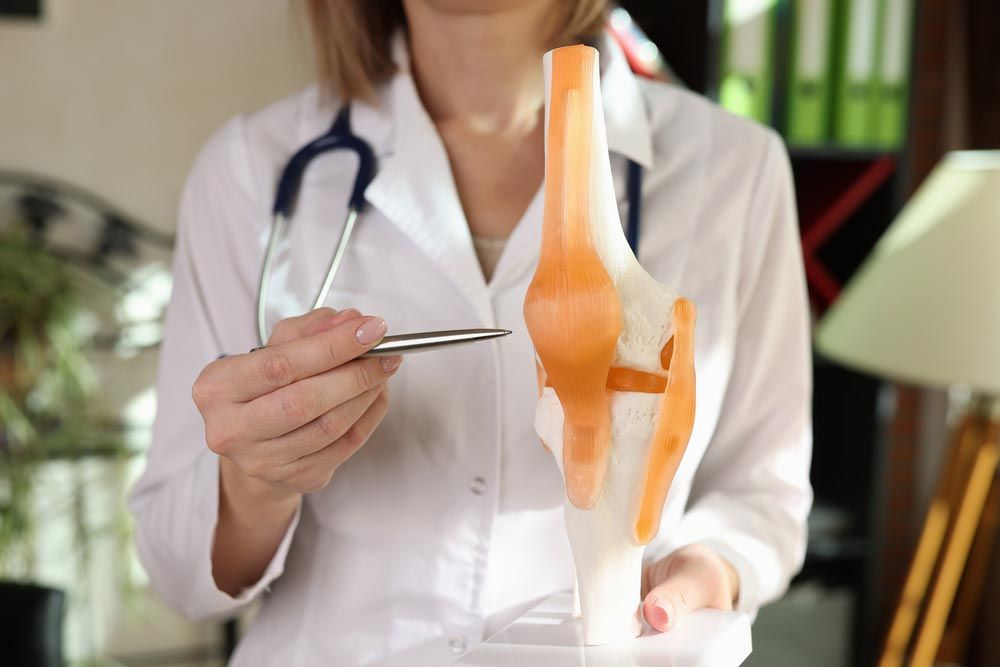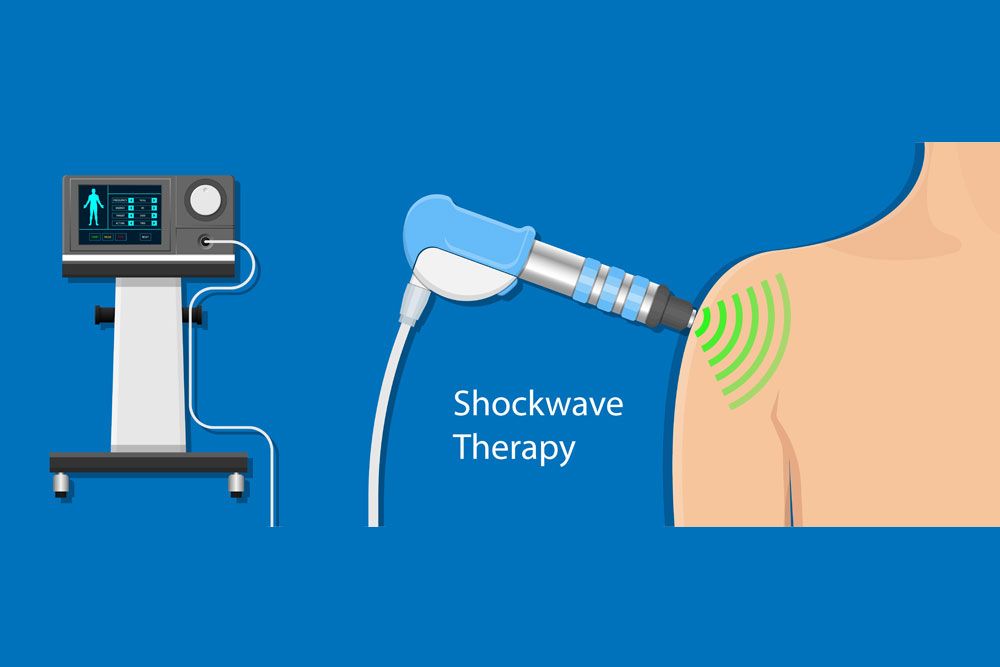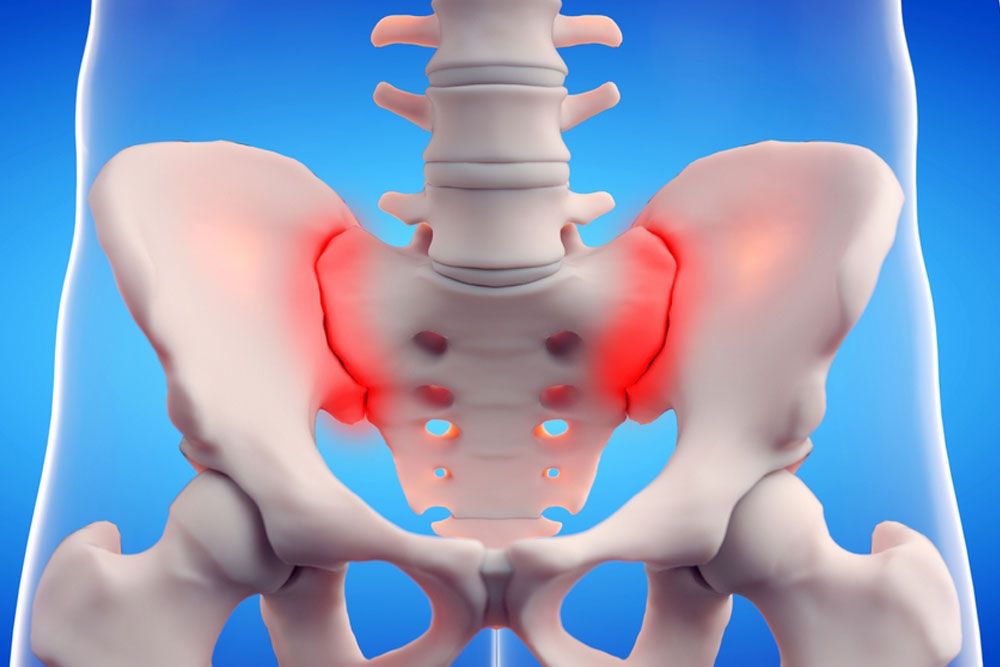Tendonitis is a condition that occurs when your tendons, the thick fibrous cords that attach your muscles to your bones, become inflamed or irritated. This condition can occur in any of your tendons, but it’s most common around your shoulders, elbows, wrists, knees, and heels.
At Mālama Pain, Spine, and Joint Medicine, Dr. Maya Modzelewska is dedicated to diagnosing and treating tendonitis, helping you regain full movement and reduce pain. Our state-of-the-art facility in Kailua, Oahu, HI, offers a variety of treatment options to help manage your symptoms and improve your quality of life.
Recognizing the Symptoms of Tendonitis
Tendonitis presents as an aching pain in the area around the inflamed tendon. This is concentrated in the muscle or joint region. The onset of this pain can be subtle, gradually intensifying over time. With certain types of tendonitis, you may observe an increased sensitivity or discomfort during or after physical activity. However, the onset of tendonitis can sometimes be slow and gradual. Sometimes, the pain can be sudden and severe, especially if the tendon ruptures. Another common sign of tendonitis is a visible lump along the path of the inflamed tendon. This lump is often tender to the touch and may indicate a localized area of tendon damage or inflammation.
Inflammation from tendonitis can also lead to swelling in the affected area. This can be accompanied by a sensation of warmth or visible redness, indicating increased blood flow to the site as your body attempts to heal the damage. The inflammation and damage to the tendon fibers can sometimes lead to a grating or crackling sensation when the tendon is moved or touched. This can be disconcerting, but it’s an important symptom to note and share with your doctor. Some people with tendonitis may also experience stiffness, particularly in the morning, or a ‘locking’ sensation where joint movement becomes difficult. These symptoms can vary widely depending on the location and severity of the tendonitis.
Recognizing these symptoms early on is crucial in managing tendonitis effectively. Ignoring these symptoms or attempting to ‘work through the pain’ can lead to further complications, such as chronic pain, reduced mobility, and, in severe cases, tendon rupture. If you notice these signs, seeking prompt medical attention is essential. At Mālama Pain, Spine, and Joint Medicine, we’re here to help diagnose and treat your tendonitis, providing expert care and guidance to navigate your path to recovery.
Diagnosis of Tendonitis
At Mālama Pain, Spine, and Joint Medicine, our dedicated team of doctors follows a rigorous approach to diagnosing tendonitis. This process begins with a comprehensive discussion to understand your medical history. In this conversation, we delve into past injuries, general health conditions, occupation, lifestyle, and physical activities that might contribute to tendon inflammation. This helps us draw correlations between your symptoms and potential causative factors.
We proceed with a meticulous physical examination. This involves inspecting the affected area to identify swelling, lumps, or points of tenderness in the affected areas. We also evaluate the range of motion of the involved joint, the strength of the surrounding muscles, and whether specific movements elicit pain. This hands-on assessment allows us to pinpoint the location of the problem and understand the extent of physical discomfort or limitation you’re experiencing.
In addition to a thorough clinical examination, we often supplement our diagnosis with imaging tests. Depending on your situation, these could be X-rays, MRI scans, or ultrasounds. X-rays help us rule out other conditions, such as fractures or arthritis. In contrast, MRI scans and ultrasounds provide a more detailed view of the soft tissues, including the tendons. They can reveal thickening, degeneration, or tears in the tendon or any other damage that might not be apparent from a physical examination alone.
At Mālama Pain, Spine, and Joint Medicine, we’re committed to providing a thorough, accurate diagnosis to guide our comprehensive, personalized approach to treating tendonitis. These imaging tests are integral to confirming the diagnosis of tendonitis and can significantly influence the course of treatment we recommend. By visualizing the extent of tendon damage or inflammation, we can tailor the treatment plan to your needs, aiming for the most efficient recovery and long-term relief from symptoms.
Comprehensive Treatment Options for Tendonitis
Tendonitis treatment at Mālama Pain, Spine, and Joint Medicine is personalized to your needs. We’ll create a plan that targets your symptoms and promotes long-term healing. Here’s an overview of the treatment options we may consider:
- Physical Therapy: A physical therapist can provide exercises to stretch and strengthen the muscles and tendons. This can alleviate pain and improve mobility.
- Medication: Nonprescription pain relievers can help reduce pain and inflammation. If these aren’t sufficient, a doctor may prescribe stronger medication.
- Corticosteroids: In some cases, injecting corticosteroids around a tendon can help reduce inflammation and alleviate pain.
- Platelet-rich Plasma (PRP) Therapy: PRP therapy involves injecting a concentration of your platelets into the inflamed tendon, promoting healing.
Prevention, Outlook, and Maintaining Joint Health
Preventing and managing tendonitis effectively requires a multifaceted approach. Here are some key strategies that can help:
- Regular Exercise: Regular physical activity helps keep your muscles strong and flexible. This, in turn, can reduce the strain on your tendons. Ensure your exercise regimen includes a mix of strengthening, flexibility, and cardiovascular exercises.
- Proper Stretching: Always stretch before and after physical activity. This helps prepare your muscles and tendons for the activity ahead, reducing the risk of strain or injury.
- Ergonomic Equipment: Whether at work or during sports, using equipment designed to reduce strain on your body can help prevent tendonitis. This might include ergonomic keyboards for those who type a lot or well-fitting sports equipment for athletes.
- Avoid Repetitive Movements: Repetitive, high-intensity activities can strain your tendons. If you can’t avoid these activities, ensure you take regular breaks to rest your tendons.
- Professional Guidance: Our doctors at Mālama Pain, Spine, and Joint Medicine can provide personalized advice on preventing tendonitis based on your lifestyle, occupation, and risk factors.
The outlook for individuals with tendonitis is generally very positive. Most people recover completely with appropriate treatment, including medication and physical therapy. However, if left untreated, tendonitis can lead to more severe complications, such as tendon rupture, requiring surgical repair.
Our dedicated team at Mālama Pain, Spine, and Joint Medicine is committed to helping you maintain the health of your joints, bones, and muscles. Whether you’re currently suffering from tendonitis or have recovered and want to prevent future occurrences, we’re here to provide the expert guidance and treatment you need.
Your Path to Healing Begins Here
Navigating the journey of tendonitis can be a complex task, yet, you don’t have to tread this path alone. Our team of expert doctors at Mālama Pain, Spine, and Joint Medicine is devoted to offering comprehensive, individualized care that addresses your unique needs.
Should you find yourself grappling with the discomfort of tendonitis, remember help is just a phone call away. Dr. Maya Modzelewska is committed to guiding you through every stage of your recovery, illuminating your path to healing with expert advice and state-of-the-art treatments.
Frequently Asked Questions
What causes tendonitis?
Tendonitis is most often caused by repetitive, minor impact on the affected area, or from a sudden, more serious injury. Age also plays a role as tendons tend to lose their elasticity and become weaker with age, making them more susceptible to injuries.
How long does it take for tendonitis to heal?
The healing time for tendonitis varies greatly depending on the severity of the condition and the individual’s overall health. Generally, most patients see improvement within a few weeks of treatment, but complete healing can take several months.
Can I continue exercising if I have tendonitis?
While maintaining physical activity is important, avoiding exercises aggravating your symptoms is crucial. A physical therapist can guide suitable movements that won’t worsen your condition.
Can tendonitis recur after treatment?
Yes, tendonitis can recur, especially if the triggering activity is resumed. However, the likelihood of recurrence can be significantly reduced with appropriate preventive measures such as regular stretching, strength training, and ergonomic practices.




